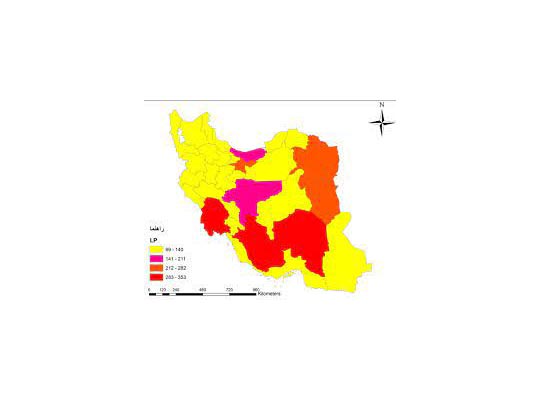Using GIS in Explaining Spatial Distribution of Brucellosis in an Endemic District in Iran
AA Haghdoost, L Kawaguchi, A Mirzazadeh, H Rashidi, A Sarafinejad, AR Baniasadi, C Davies
Iranian Journal of Public Health 2007;36(1): 27-34
Keywords: Risk map, GIS, Human brucellosis, livestock, Iran
Abstract:
Background: To check the feasibility of using geographical information system (GIS) methods, we linked the brucellosis data of human and animals.
Methods: In a village-based ecological study in Bardsir- a district in Kerman Province located nearly to the central part of Iran- data of human brucellosis, socio-economic level, and livestock characteristics (2001-4) were linked by using GIS methods.
Results: Annual incidence of human brucellosis was 141.6 cases per 100,000 inhabitants. Most of the high risk villages were seen in the north and south of Bardsir (3.6% of villages). A positive association was observed between the frequency of brucellosis and density of cattle (OR=1.81, P= 0.007). In addition, the size of human population was an independent determinant factor (OR= 1.94, P< 0.001). No association was found between frequency of the disease and socio-economic indicators and also the density of sheep.
Conclusion: Our study showed that we could generate informative risk maps of brucellosis using health and veterinary data which might improve the quality of control programme in Iran.


